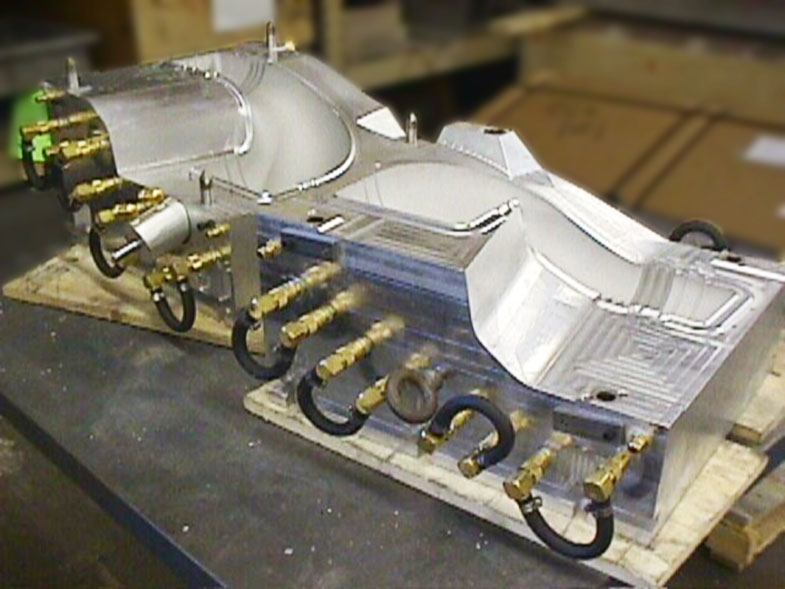

This revolutionized many industries including the soft drink bottling industry and the automotive industry. The materials available were too brittle and took too long to produce to effectively utilize the process to make large quantities.īlow molding exploded into industrial prevalence with the creation of low and high-density polyethylene. In the 1930s, they developed commercial machines to manufacture blow-molded bottles and made mass production possible. These early methods were not suited for mass production. A patent from the time shows the process being used with celluloid polymer. This process has been around since as far back as the 1800s. The Historyīlow molding has its roots in glass blowing, where a craftsman would heat the glass to its melting point and then blow through a tube to inflate the glass. The amount of plastic used and the air pressure determines how thick the final product is.

They then use compressed air to inflate the molten plastic like a balloon so that it takes the shape of the mold but is hollow inside. The process involves heating a plastic tube (known as a preform or parison) to its melting point and then putting that into the cavity of a mold. This process can be used to manufacture plastic products. Plastics make our lives easier and help us produce things more cost-effectively.īut what exactly is it? And how does it work? Read on to find out! What is it? In the United States, The plastics industry is the 3rd largest manufacturing industry.

That soda that your drinking has a plastic bottle, which was blow-molded. Mar 26/19 Here Is Everything You Need to Know About Blow Moldingīlow molding can be found around you and you don’t even know it.


 0 kommentar(er)
0 kommentar(er)
